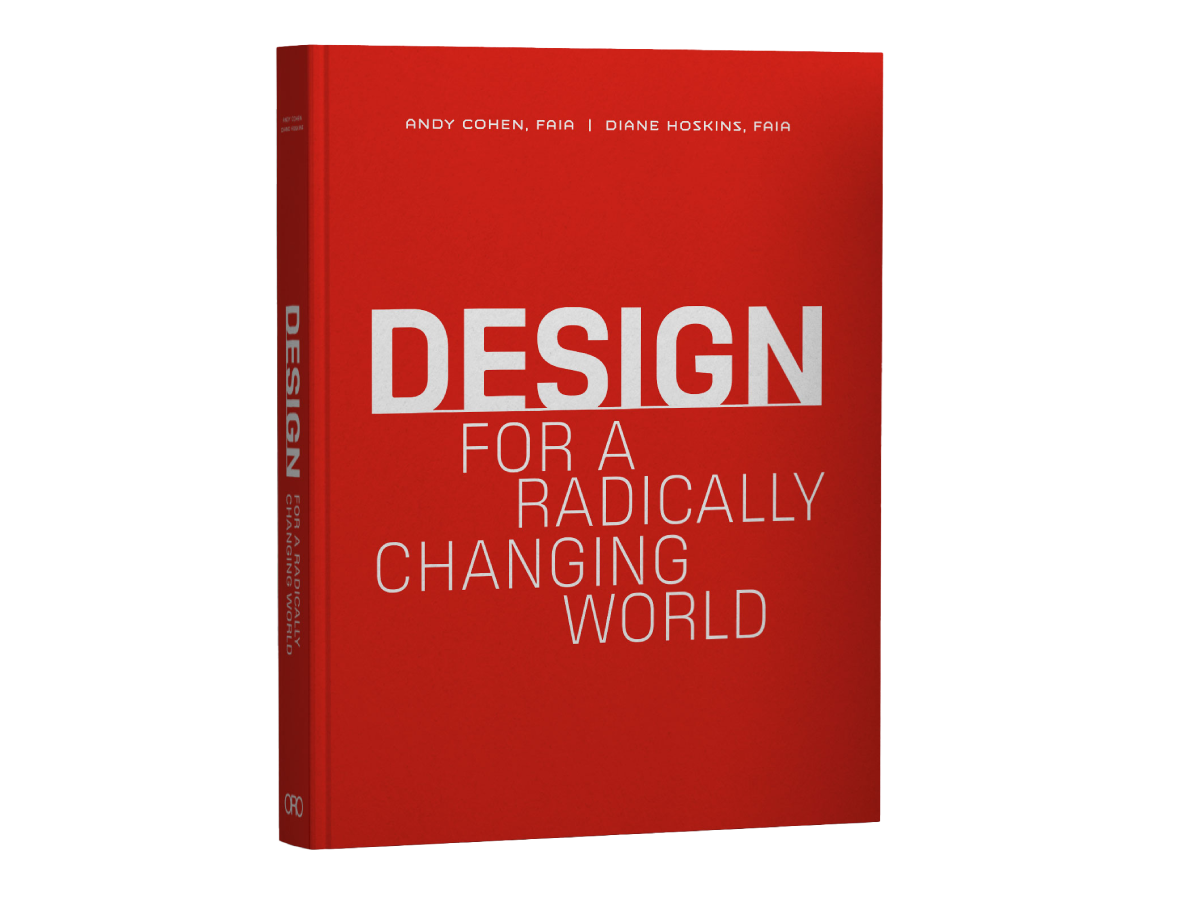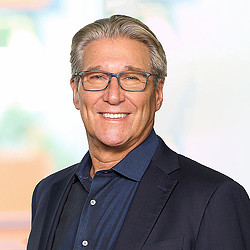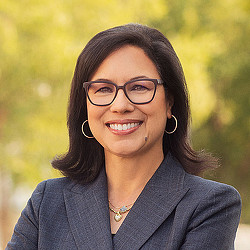Global + Local Design Is a Powerful Tool for Navigating Change
April 05, 2024 | By Andy Cohen and Diane Hoskins
Editor’s Note: The following excerpt is from Design for a Radically Changing World, by Gensler Global Co-Chairs Diane Hoskins and Andy Cohen.
For the better parts of the 20th and 21st centuries, globalization ruled the day. Advances in communication and transportation technology connected us; the liberalization of trade and the spread of market-oriented policies promoted international economic cooperation. Global trade and connection are not new, of course — but the more recent speed of worldwide connection is unprecedented. Over the last decade, however, crises have left the world with globalization in decline. Relationships are being redefined, reshaped, and reformed. Countries have increasingly turned inward as economic tensions and geopolitical conflicts have grown. The COVID health crisis further exacerbated these problems.
Design can act as a counterbalance to these forces. As a uniquely effective method for developing and implementing common global solutions, design can transcend borders to create more equitable, sustainable, and resilient communities. Where a traditional approach to problem solving is often siloed and myopic, strategic design thinking is expansive and all encompassing. As a discipline, design inherently connects and unifies disparate ideas, tools, and approaches.
This design innovation proposition works because design as a discipline and process is ubiquitous and universally applicable. Design can be both global and local — that is, informed by global thinking yet tailored to local contexts — and allows us to view challenges as part of a global ecosystem. When we understand the interconnected nature of any issue, we can devise multifaceted, integrated, and holistic solutions. Borderless design will be the difference maker between merely getting through the next crisis and ensuring that our whole world has a brighter future.

Today’s top clients are searching for design partners who not only bring global knowledge and experience but also demonstrate a real understanding of a project’s context, history, and nuances. We achieve this via a deep commitment to the local communities where we work, evidenced by the continued growth of teams in and of the regions, places, and cultures where projects come to life. By combining this local knowledge with our own global research and experience, we can create design solutions that are authentic, relevant, and valuable to the client and the community.
For media inquiries, email .


